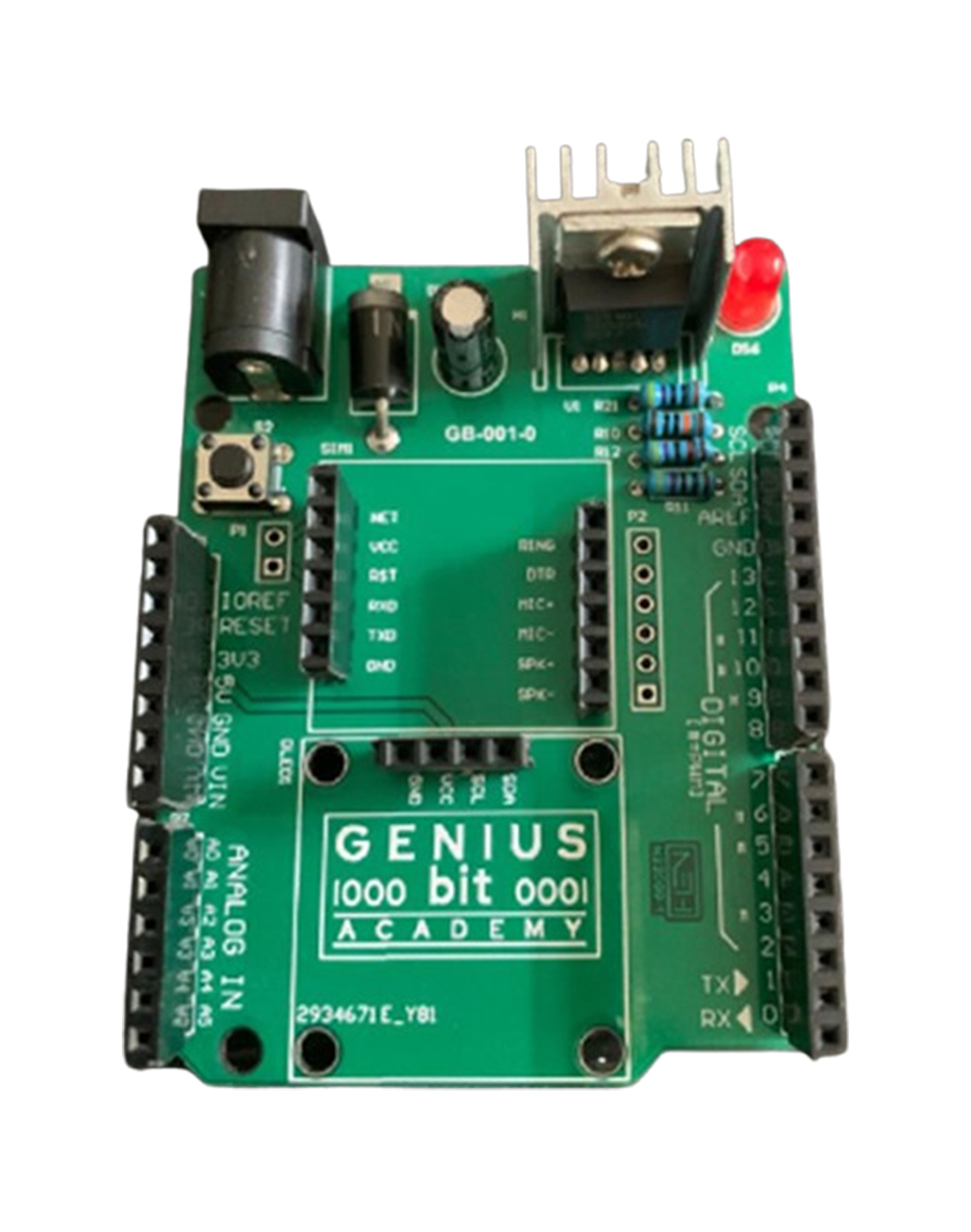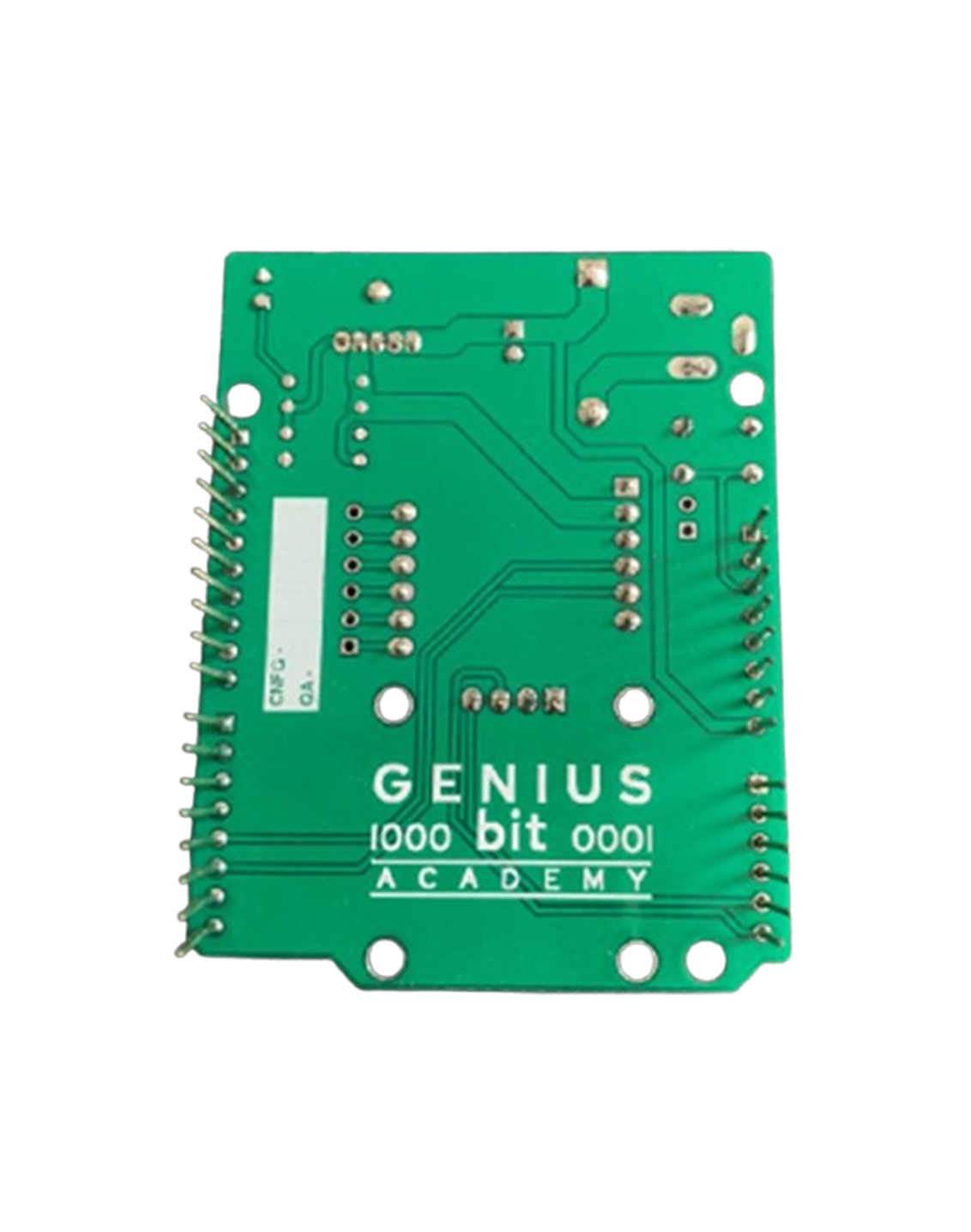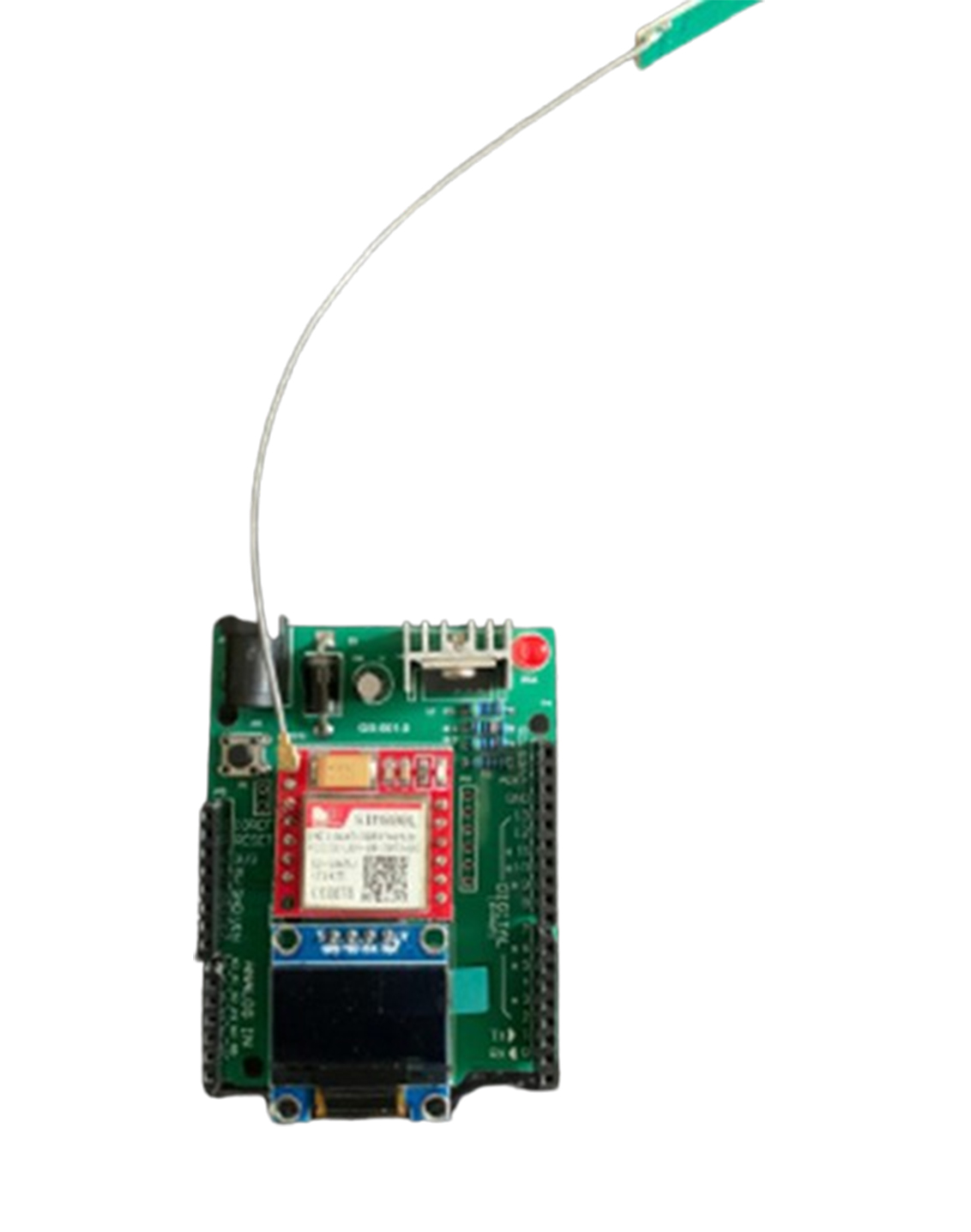We provide custom electronics design, PCB assembly, embedded firmware, and turnkey product solutions. Our smart automation and monitoring systems serve various industries with reliable, scalable, and cost-effective products. From concept to delivery, we bring your ideas to life.
GSM Module
- Home |
- GSM Module
Components
- Voltage Regulator (with Heat Sink): Ensures a stable output voltage, critical for protecting the board and connected peripherals from power surges or fluctuations
- Capacitors and Resistors: Essential for filtering noise from the power supply, setting up bias points in the circuit, and other signal conditioning tasks
- LED Indicator: Provides visual feedback, commonly used to indicate power status or operational status
Connectors
- Pin Headers
- ANALOG PINS: Labeled as “A0, A1, A2, A3, A4,A5” these are analog input pins used for reading analog sensors
- DIGITAL PINS: Labeled “0” to “13,” these are digital input/output pins used for interfacing with various digital sensors, actuators, and other digital devices
- Power Supply Jack: For connecting an external power supply to power the board and its components
- Reset Button (P1): Allows users to reset the board, restarting the microcontroller and reinitializing the program without needing to disconnect the power supply.
Microcontroller connections
- I/O Reference (IOREF): Provides a reference voltage for the microcontroller inputs and outputs
- Serial Communication Pins (RXD, TXD): For serial data transmission and reception, used for programming the microcontroller and for communication with other serial devices
- Power Pins (VCC, GND): To supply power to the microcontroller and other components.
Assembled board with modules
- GSM Module (SIM800L)
- Module Overview: Provides GSM (Global System for Mobile Communications) capabilities, enabling the board to send/receive SMS, make calls, and connect to the internet
- SIM Card Slot: For inserting a SIM card, necessary for connecting to a mobile network
- Antenna: Enhances the GSM module’s ability to send and receive signals, improving communication range and reliability.
- OLED Display
- Function: Used to display text, graphical data, sensor readings, and other real-time information
- Connection: Likely connected via I2C or SPI interface, common protocols for communication between microcontrollers and displays.



